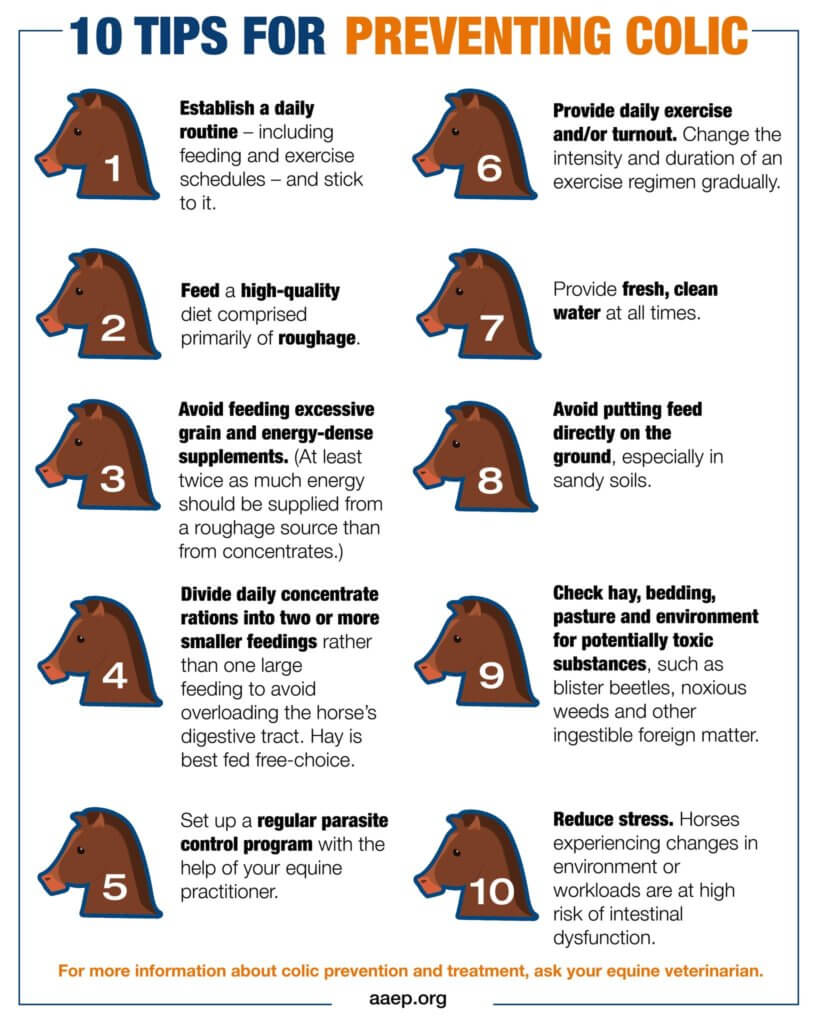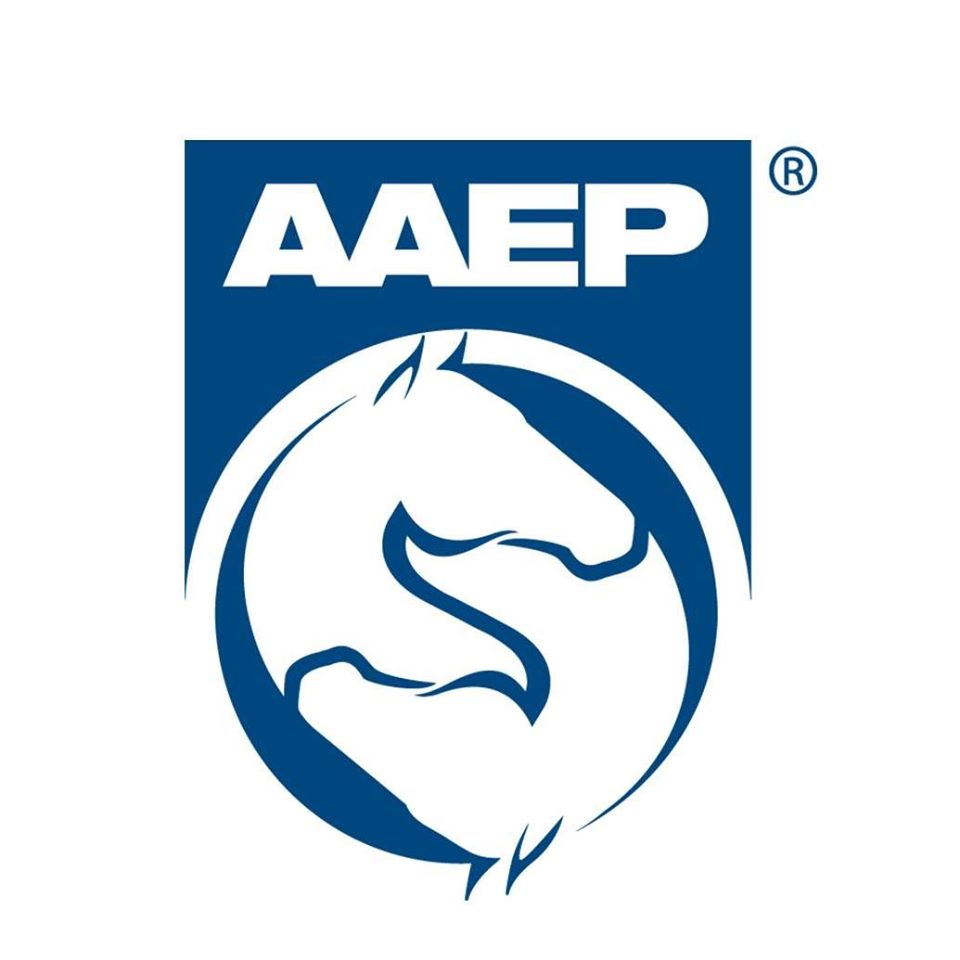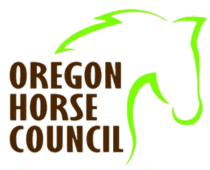Colic is not a disease, but rather a combination of signs that alert us to abdominal pain in the horse. Colic can range from mild to severe, but it should never be ignored. Many of the conditions that cause colic can become life threatening in a relatively short period of time. Only by quickly and accurately recognizing colic — and promptly seeking qualified veterinary help — can the chance for recovery be maximized.
Virtually any horse is susceptible to colic; although not every case is avoidable, management plays a key role in prevention and the guidelines listed in the graphic can help maximize your horse’s health and reduce the risk of colic.
For more information about colic prevention and treatment, consult your equine veterinarian. Additional colic information is also available on our website at aaep.org


The American Association of Equine Practitioners (AAEP) was founded in 1954 by a group of 11 charter members who saw that together they could direct the focus of equine veterinary medicine. Today, the AAEP, headquartered in Lexington, Ky., at the Kentucky Horse Park, represents an educated group of men and women who cover a broad range of equine disciplines, breeds and associations. Nearly 9,300 veterinarians and veterinary students in 61 countries are members of the AAEP.

